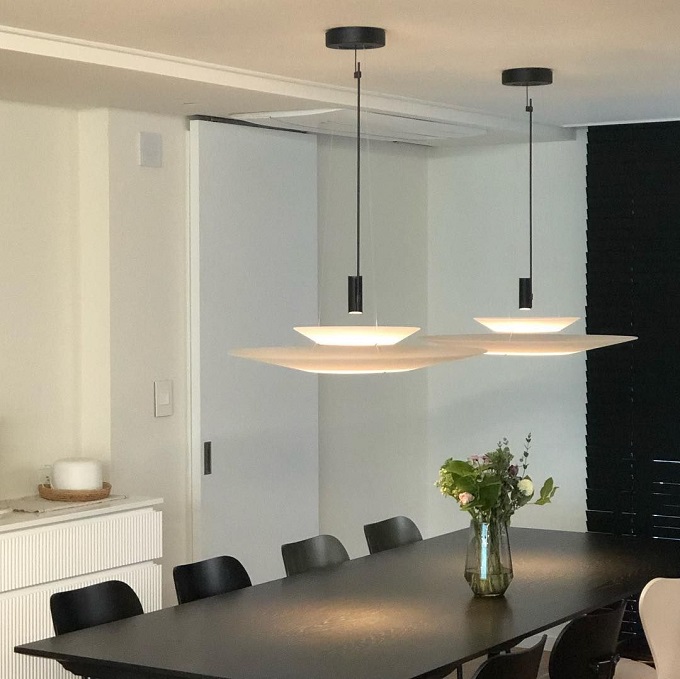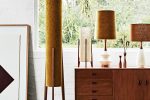
A pendant lamp cover is a decorative element that helps to define the overall look and feel of your lamp. From delicate machine-made scrollwork to a unique pattern reminiscent of paper sculptures, you can find a variety of pendant light shade designs that will bring your home’s lighting scheme together and give your room the style it deserves.
A Pendant is a Long and Short Light: Choose the Right One for Your Needs
As you begin to select your paper pendant, take into consideration its intended purpose. Large living rooms, for example, may benefit from a drum-shaped, upward pointing pendant that will cast a wide beam of light over the entire area. Smaller dining rooms and entryways might be better served by a bowl-shaped pendant that will direct light over the table or counter where it’s needed most.
Some of these pendants are available with a retractable cord, making it easy to adjust their lighting level to suit the needs of the space. They also come in a variety of colors, textures and materials to add to your design choices.
A Pendant Can be a Single or a Set:
If you’re looking to illuminate a specific area, consider a paper pendant with multiple lights attached to the top of the fixture. For instance, a set of three can work well to brighten a kitchen island or in a hallway. They can also be grouped to create a chandelier-style design with a single, central light.
Another way to use a single pendant is to install it as an accent piece in a layered lighting arrangement, such as the one shown below. It features a sconce-styled bulb that directs the light down, and it is flanked by two more pendants for a more dramatic look.
Using a Pendant in the Bedroom
If you don’t have nightstands or a reading lamp, a hanging paper lamp can work as both a light source and a bedside fixture for a cozy and relaxing sleep environment. Hanging it above the headboard will save you on space and eliminate a need to purchase a separate nightstand.
Choosing the Ideal Shade Material:
The light you cast with a pendant is determined by its lighting shade, which is made from glass, metal or plastic. Clear glass diffuses the light in all directions, while metal shades provide a more directional glow. The color of the shade can make a difference as well, with options that reflect light or those that cast softly glowing hues.
For a modern approach, consider a lamp that uses glass as its primary material. Glass is easy to clean and maintain, and it has a high gloss that reflects light in all directions.
A glass lamp shade can also be used to hide a bare bulb. If you don’t want to buy a new light fixture, a clip-on lampshade in a shade that mimics a tulip blossom will make your existing ceiling lamp look more feminine and chic.




